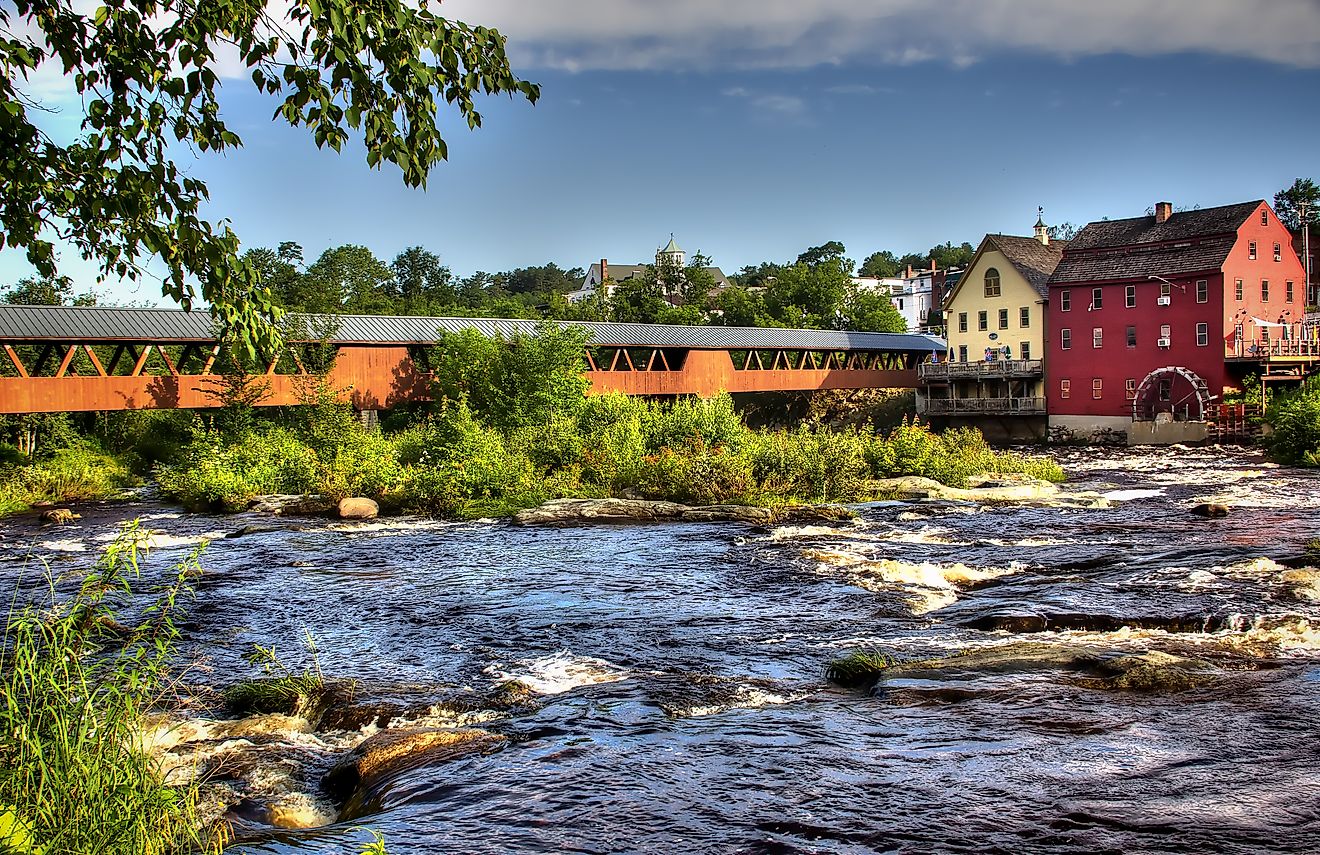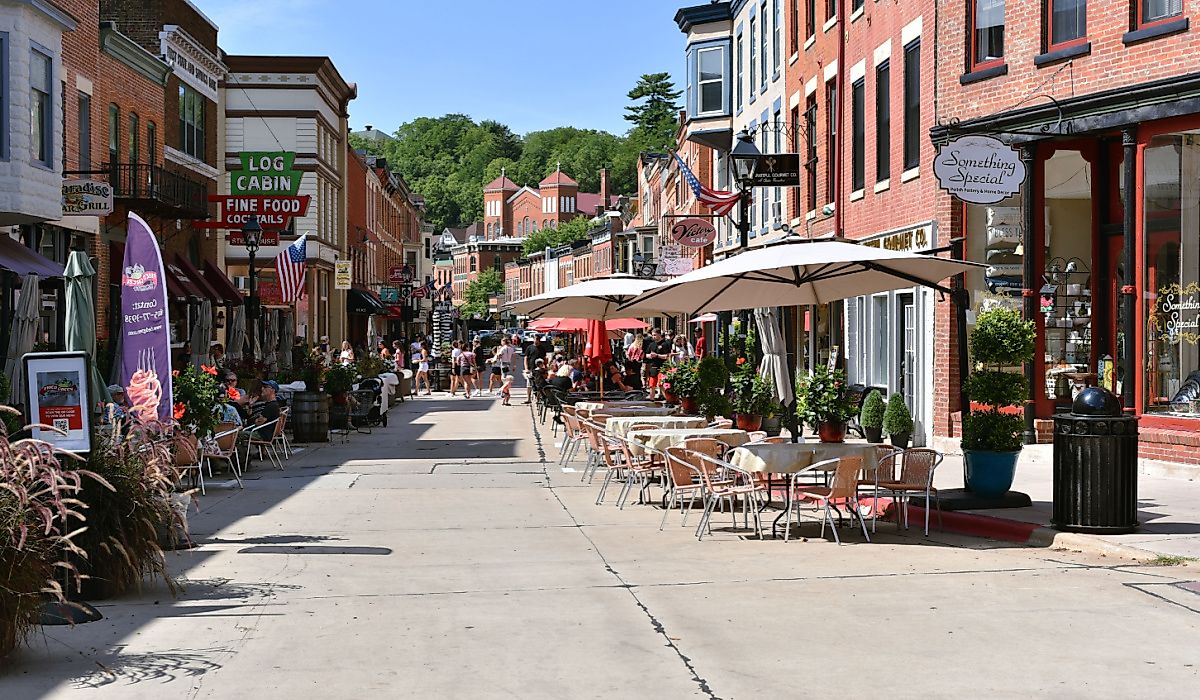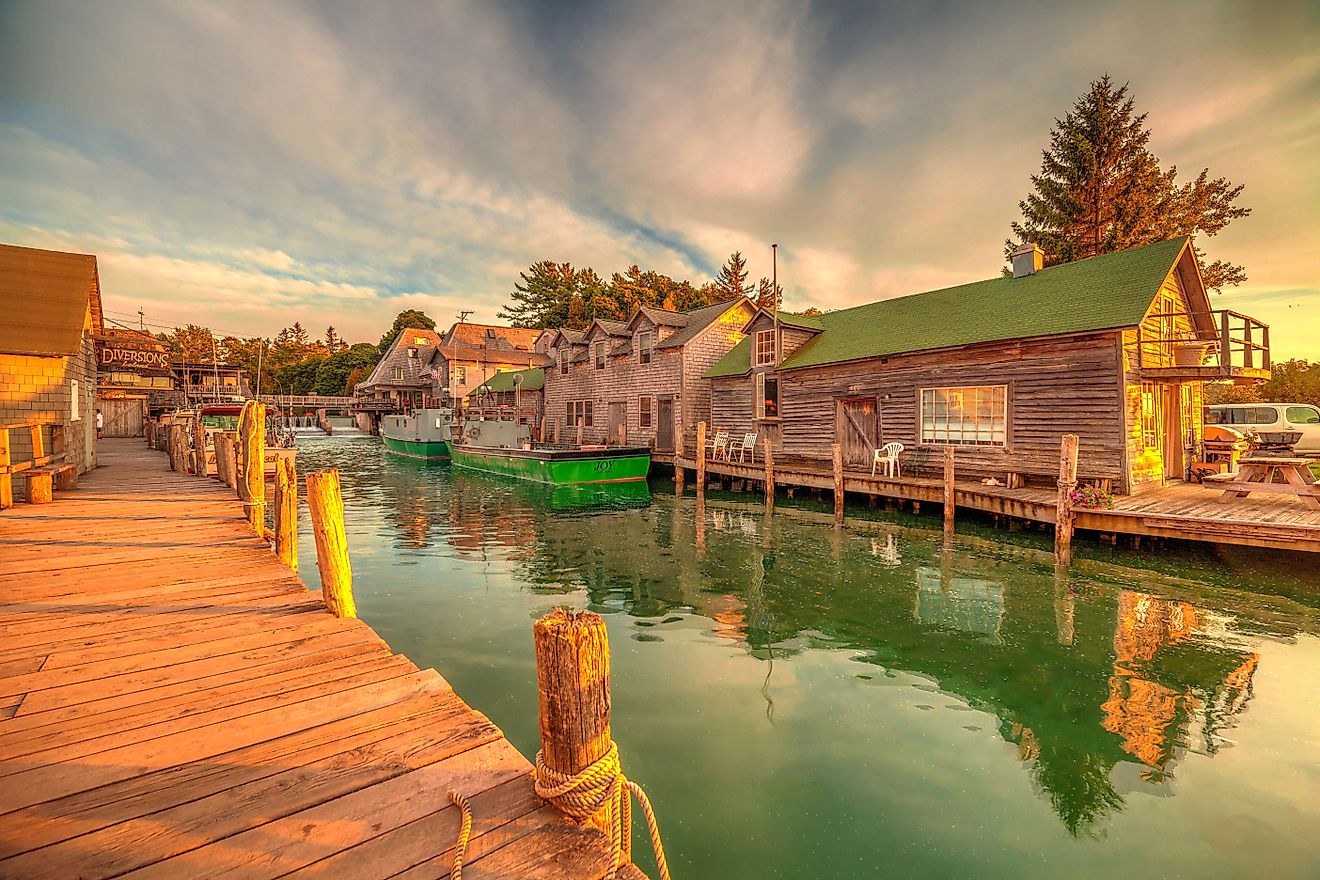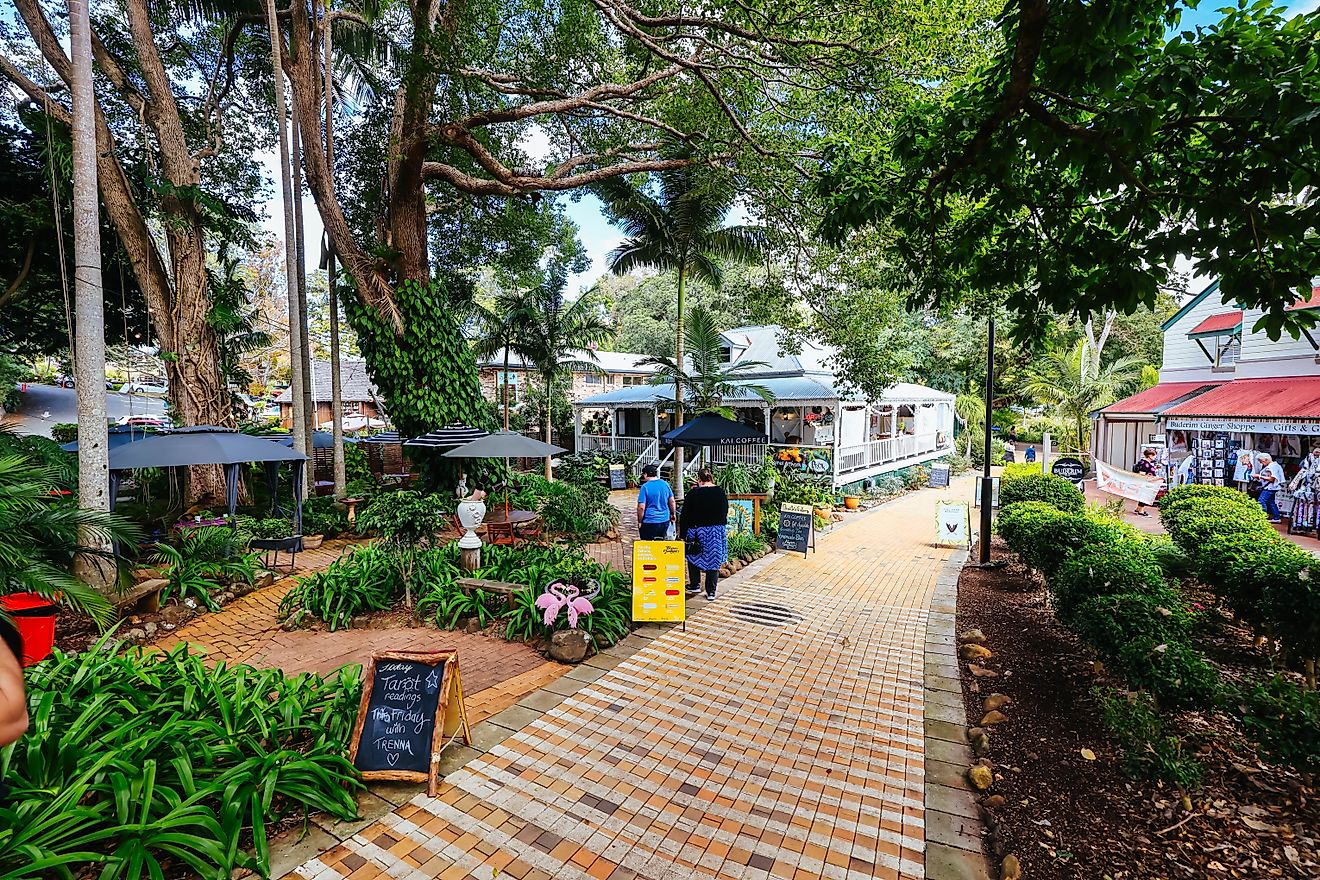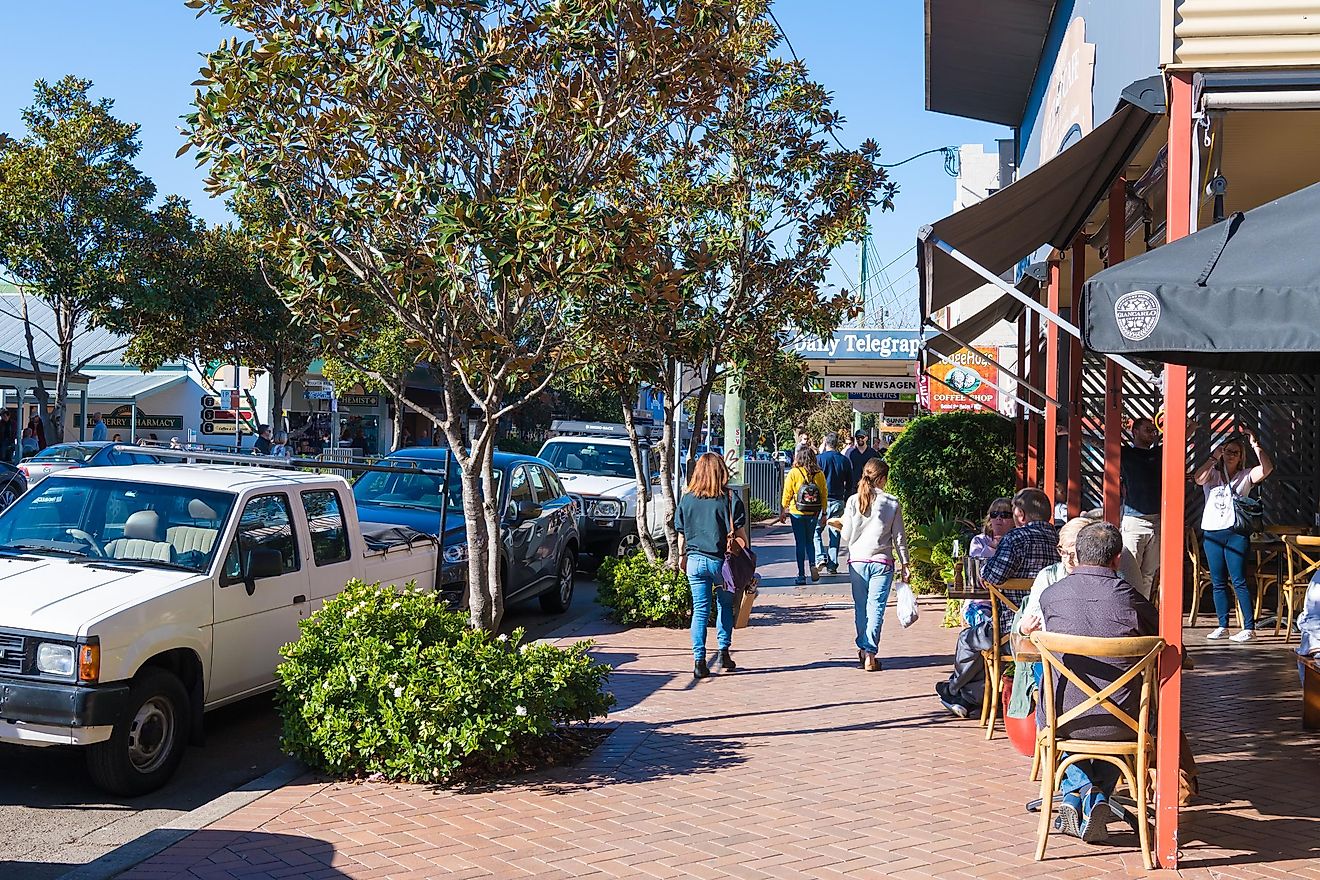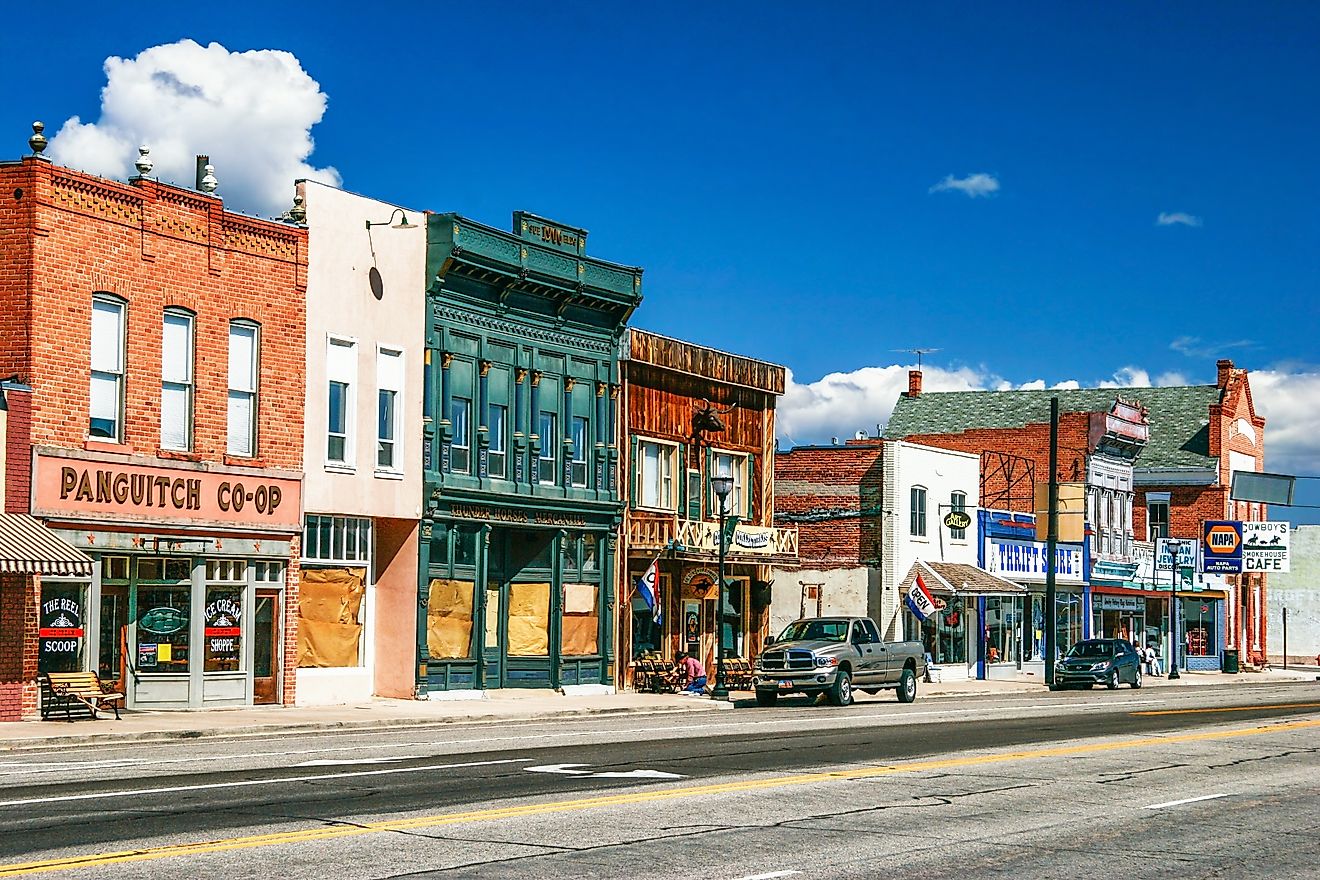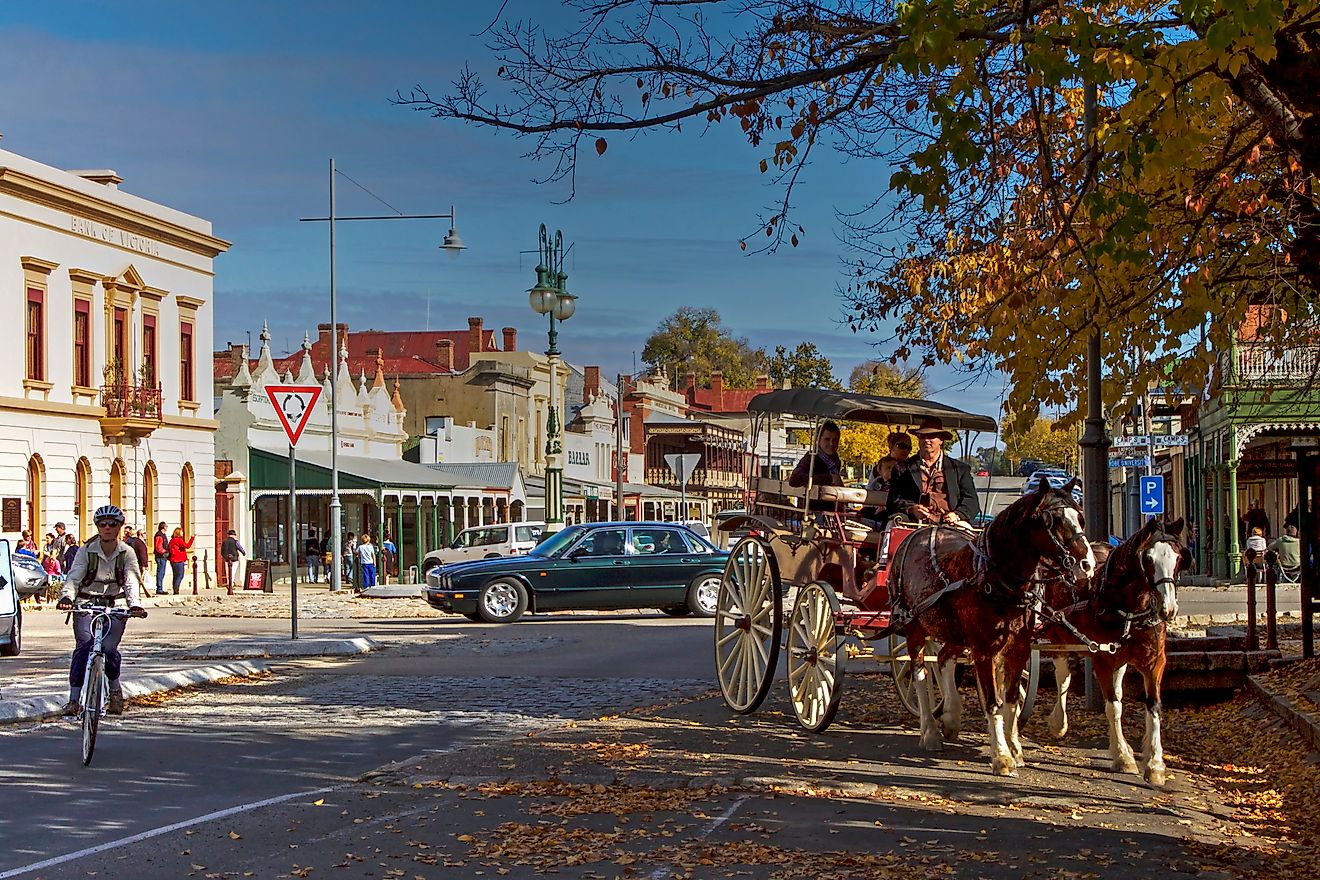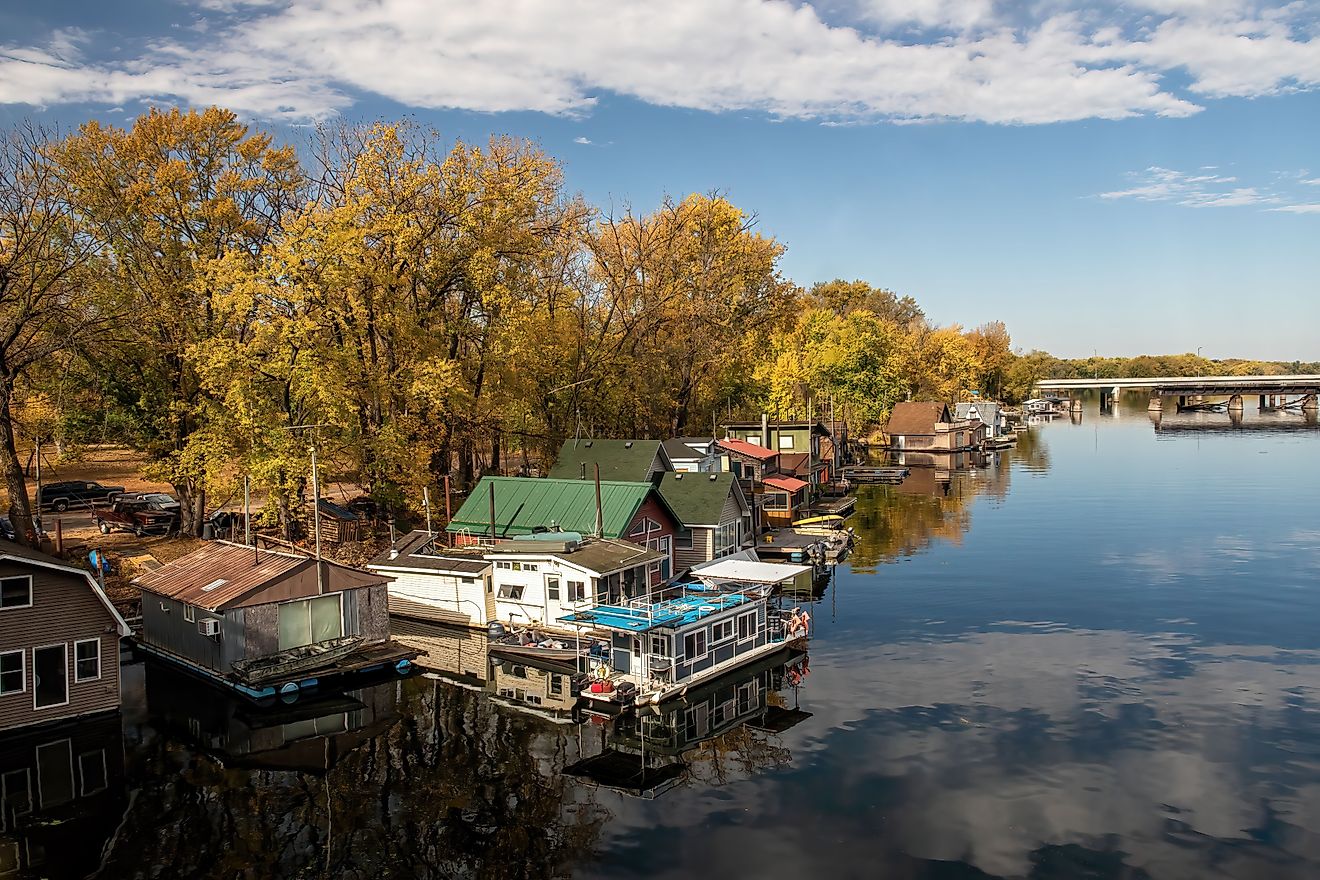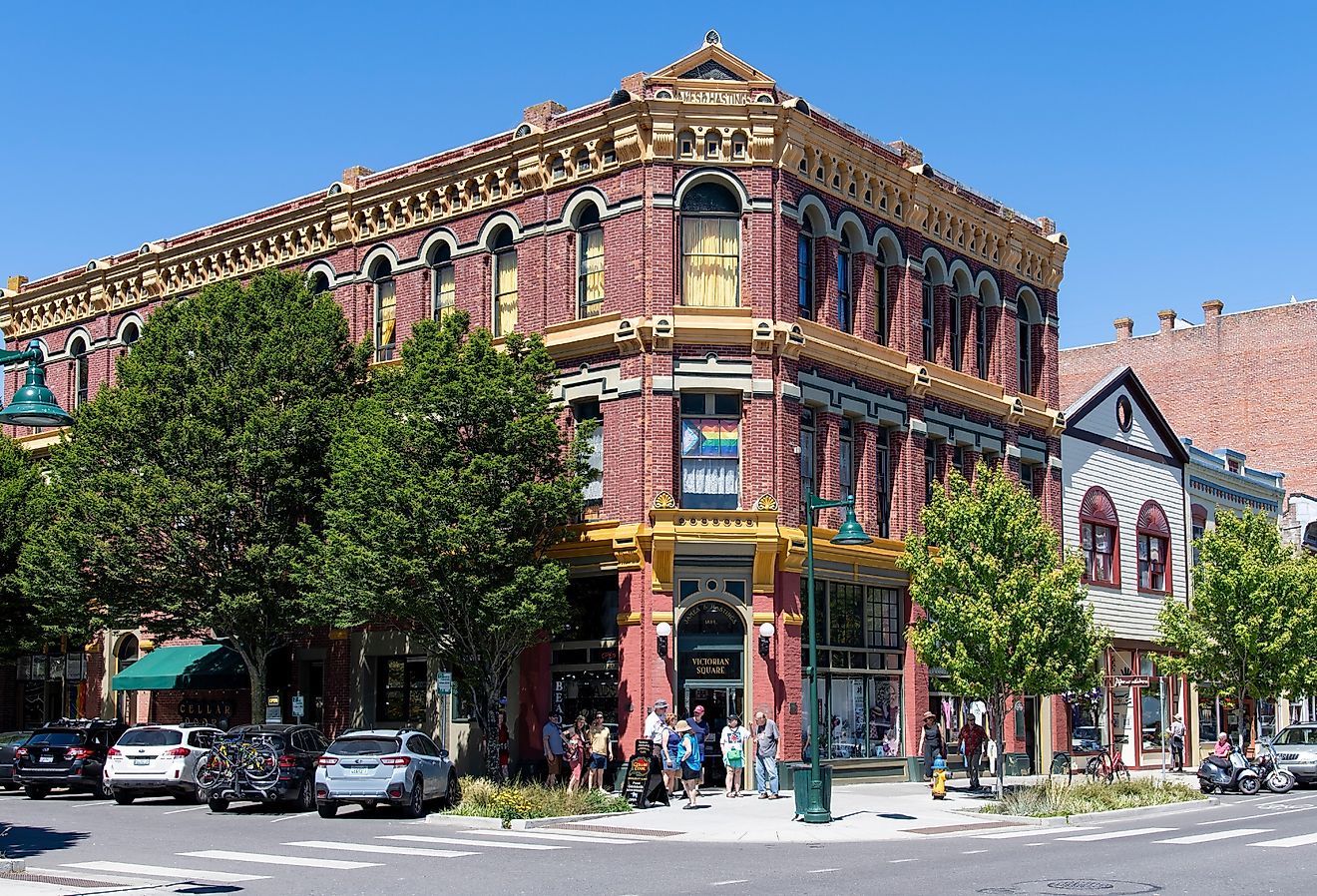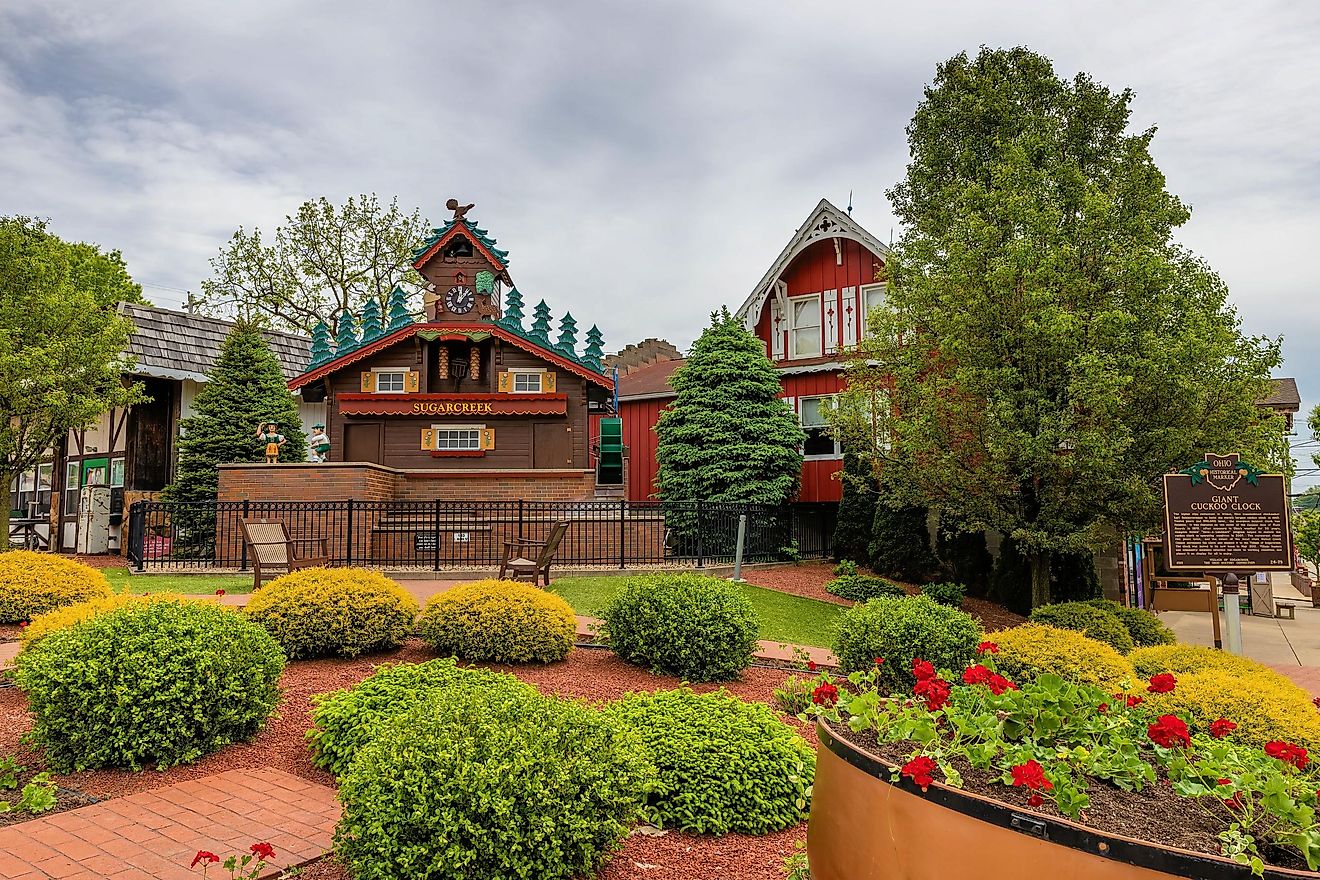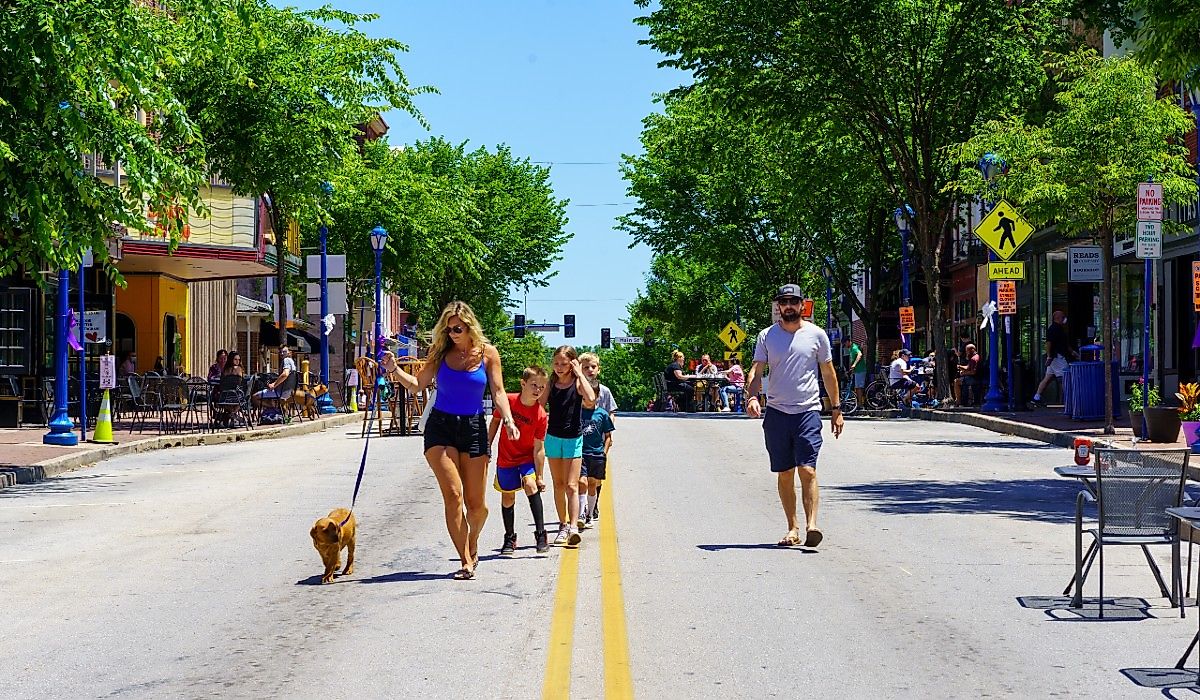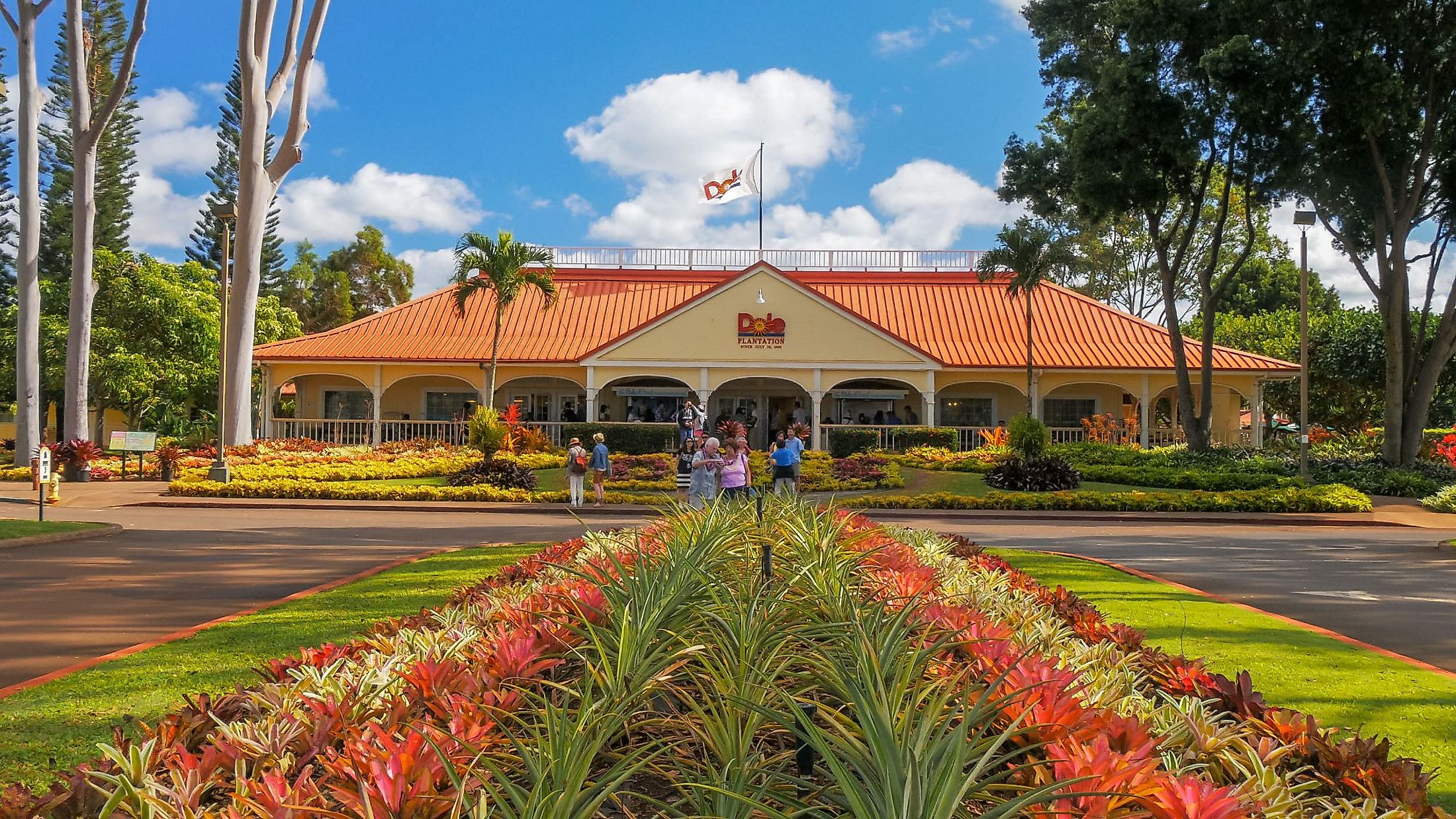
Mililani, Hawaii
Mililani is a small city situated close to the center of Oahu Island in Honolulu County in the US State of Hawaii. The city closely resembles a normal mainland neighborhood and was built on former plantation fields in the central valley between Oahu's two volcanic mountain ranges. Additionally, Mililani is the only city in Hawaii to receive the National Civic League's "All American City" designation. Nevertheless, Mililani has all the commercial dining, shopping, and entertainment options you'd anticipate from a big city.
Geography And Climate Of Mililani
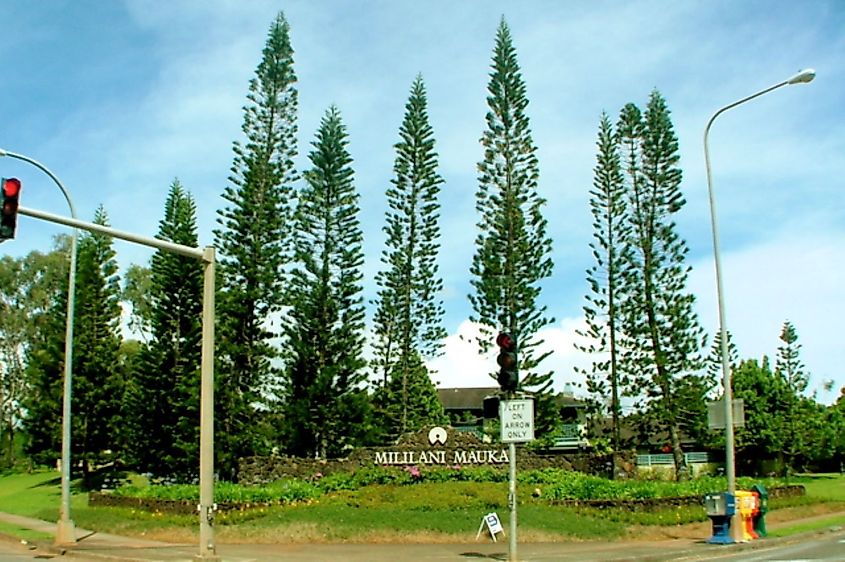
Mililani is situated between the two volcanic mountain ranges of Oahu Island, which are the Waianae Range on the western side and the Koolau Range on the eastern side. Mililani is also confined between the two gulches of Waikele and Kipapa. It consists of two census-designated places (CDPs): Mililani Mauka and Mililani Town. Mililani Town refers to the historic section of Mililani to the west of Interstate H-2. Mililani Mauka is the name of the more modern section of Mililani to the east of Interstate H-2. Most of Mililani's retail and business areas are located in Mililani Town. Launani Valley, a quiet master-planned community below Mililani Tech Park on Wikao Street, is the third area of Mililani. This neighborhood consists of a mix of single-family homes and townhomes. Mililani covers a total area of 17.1 sq. km, all of which is occupied by land.
According to the Köppen climate classification, Mililani experiences the Tropical Savanna Climate, with alternating dry and wet seasons. The average yearly temperature is 22.4°C, with September and February recording the highest (24.6°C) and lowest (19.8°C) average temperatures, respectively. On average, Mililani gets 1983.7 mm of precipitation each year, with June reporting the lowest number. The rainy period lasts the entire year, with a dry season lasting from March to October. This area doesn't receive snowfall.
History Of Mililani
Castle & Cooke, which started planning for Mililani's development under its Oceanic Properties subsidiary in the early 1960s, owns the once plantation fields on which Mililani is located. Castle & Cooke's idea was to work with architects and planners to develop Mililani Town into a satellite city that would provide a new affordable neighborhood to meet Oahu's unmet housing needs. There were plans for it to house 75,000 people. Mililani's development director was architect and developer Al Boeke. On June 3, 1968, the first houses in Mililani went on the market. When Interstate H-2 opened in 1977, the distance between Mililani and Honolulu decreased in half. Mililani Mauka, a more modern and wealthier neighborhood east of Interstate H-2, was developed on April 6, 1990. In 1992, the first residents of Mauka settled there.
The Population And Economy Of Mililani
According to the latest US Census, Mililani has a population of 28,121 residents, where 48.8% are females and 51.2% are males. Mililani's racial makeup is 48.1% Asian, 12.9% white (non-Hispanic/Latino), 10.9% Hispanic or Latino, 4.6% Native Hawaiian and Other Pacific Islander, and 2.4% African-American or Black. The rest are distributed among other mixed races. English is spoken by 83.9% of the population. The remaining speak Asian and Pacific Islander languages (14.2%), Spanish (0.9%), Indo-European languages (0.5%), and other foreign languages (0.5%). 77.3% of the population in Mililani are naturalized US citizens. Veterans make up 12.9% of Mililani's population, of which 93% are males, and 7% are females.
As per the same Census, the employment rate in Mililani is 61.4%, with a poverty rate of 4.9%. The homeownership rate is 79.7%, where the median gross rent cost is $1,922 per month, with a median household income of $104,409. According to Sperling’s BestPlaces, the unemployment rate in Mililani is 7.6%. Moreover, over the past few years, the job market in Mililani has grown by 0.2%.
Attractions In Mililani
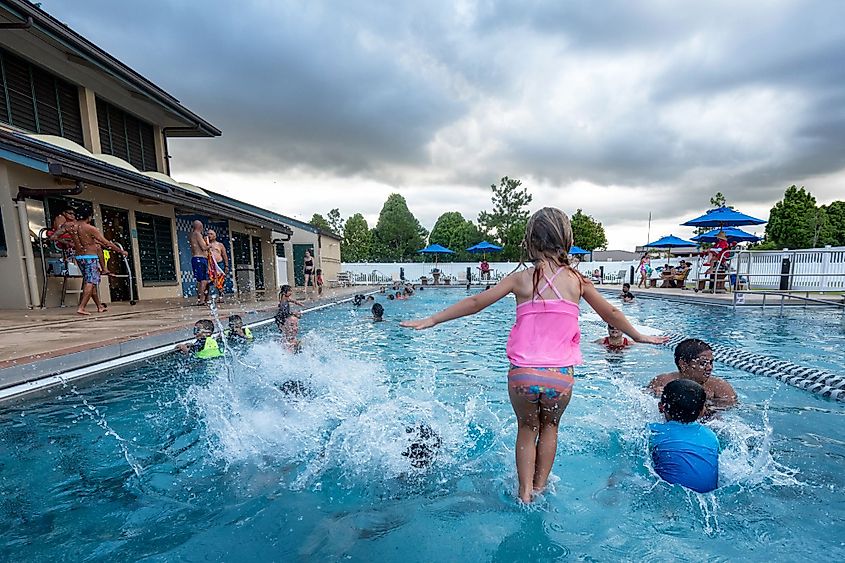
Mililani Golf Club
The par 72, 6,455-yard Mililani Golf Club, which opened for play in 1966, has made a name for itself as one of Hawaii's top golfing destinations. The Mililani Golf Club offers a sensation of seclusion since it is perched on a plateau with the Waianae Mountains and the Ko'olau Mountains visible in the distance.
Mililani District Park
The Mililani District Park engages in activities related to sports and recreation, health clubs and gyms, public parks, stadiums, and arenas.
Kaoma'aiku Neighborhood Park
The Kaoma'aiku Neighborhood Park engages in activities related to public parks, parking lots, holiday residences, cabins, and resorts, as well as sports and recreation.
